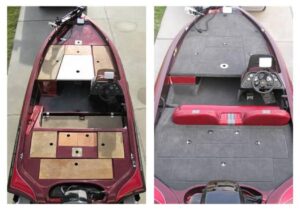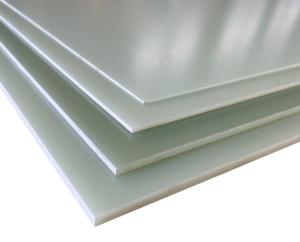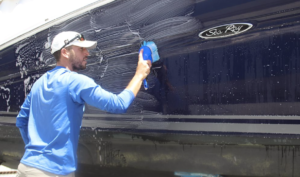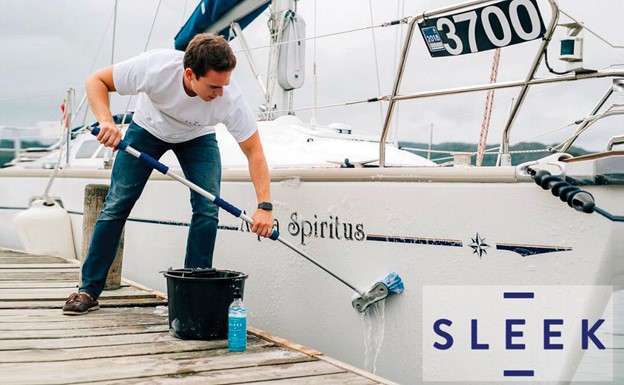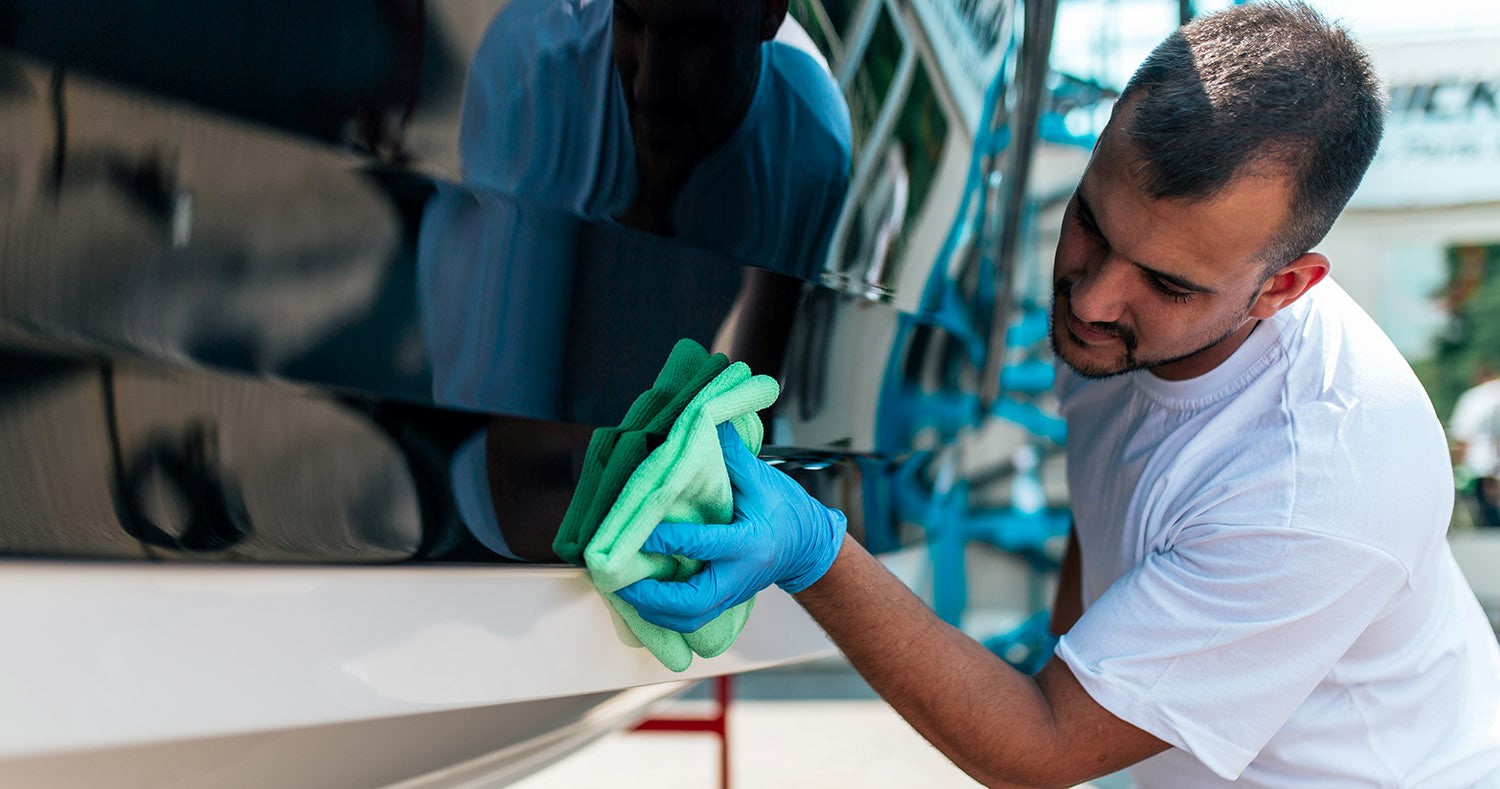Being a boat owner, you must be aware of cleaning methods. To extend the boat’s lifespan, boat owners must clean and maintain the materials exposed to the environment so that they can function better in many scenarios. If you are about to sell for a handsome amount, upgrade and maintain it here; good looks and appearance matter. Have guidance on cleaning the boat’s interior and external parts. Maintaining your boat’s cleanliness and appearance is more than a question of pride and conceit. It’s also an important part of essential boat maintenance to Best Boat Cleaner,
Make Your Boat Cleaning Effective
For effective cleaning, you have to clean and take care of specific areas:
- Internal space surfaces (carpet, fiberglass, vinyl, cushions, head)
- External surfaces include gel coating, the Best Ceramic Coating, and hull and canvas.
- Engine and Teak.
Delve with us for more precise instructions on how to clean a boat interior. If you have a big cabin boat facing hassle in cleaning a head compartment, and you have to clean appropriately the mentioned below parts:
- Marine Carpet
- Fiberglass
- Vinyl
- Cushions
- Heads
Marine Carpet
Marine carpets can be found in numerous staterooms and cockpits or head compartments on smaller boats. Like bass boats, a few boats are typically carpeted inside from bow to stern in either event. The simplest way to clean it is to vacuum any loose dirt, then scrub it with a stiff-bristle brush, soap, and water. Trailer boats can be placed on inclines, allowing gravity to drain most of the water. In contrast, bigger boats and inside cabins may require a wet vac to suck out any leftover water, followed by fast drying using air conditioning and or fans to get your Best Marine Carpet.
Non-slippery Fiberglass
Non-slip fiberglass is commonly found in all types of boats. However, it can be handled like an ordinary fiber because the wax application makes it slippery, eliminating the need for a non-skid surface in the first place.
As you might think, this process will begin with a rigorous scrub using a stiff bristle brush, mild soap, and water. Hard stains can be cleaned easily using a cleanser that contains bleach.
Then, a specific non-skid coating, such as Wax or Woody Wax, will be applied. Technically, these products are not “wax” in the classic sense but rather polymer-based protectants that help retain luster and prevent the slippery issue of non-skid.
Clean Your Boat Vinyl
Vinyl is commonly seen on all boats, particularly those designed with plenty of seating for cruising or watersports activities. Marine vinyls are factory-treated with antimicrobials, your best long-term defense against mold and mildew.
Do not use concentrate or hard cleanser to remove it; wash it with mild cleaner after every boat trip. Tough stains should be cleaned with a special vinyl cleaner, then rinse well and apply for vinyl protection.
Clean Your Cushions
Interior cushions can get musty with time, stained by spills, and infested with mildew. Remove the covers and wash with cold water to clean them. Machines can wash non-vinyl cushions but try to avoid using warm or hot water and put them in the dryer, as shrinkage is a severe risk. Sparsely sprinkle baking soda on the cushion, leave it for at least 6 hours daily, and then wipe it off.
Then, spray the foam with a 50/50 vinegar and water solution. Appropriately place the cushion in an airy -place for a few days until the vinegar smell fades. Using a hose, spray them down and squeeze the excess water; repeat spraying. Usually, numerous soakings are required to remove all the filth. After fully drying, attach the covers.
Method to Clean Heads
Marine heads can be cleaned similarly to residential toilets, but clearing the lines near the scale and calcium stores might accumulate is a different matter. The solution is to pour a couple of cups of white vinegar every month through the lines.
How to Clean a Boat Exterior
Ok, now after interior cleaning, it is necessary to clean your interior and make sure the interior is also up to date, which includes:
- Gel-coat surfaces
- Hull bottoms
- Canvas and Clear Canvas (Isinglass)
- Engines
- Teak
Hull and Gel-Coat Surfaces
To avoid the oxidation process and retain the gloss, The coated surface and hull side require special prevention. This begins with a base coat of two layers of paste wax every spring. Apply liquid carnauba wax on the boat once a month to add luster. Then, after each usage, wash the vessel using a boat soap that contains some liquid wax (sometimes known as “wash ‘n wax” soap).
Treat the hull bottom like any other gel-coated surface if your boat is stored on a trailer or lift. If your boat is in a moist slip, the bottom is most likely treated with antifouling paint.
How to Make Canvas Clean and Clear (Isinglass)
To prevent grime and stains, the canvas must be cleaned at least once a month to stop them from ingraining from the material. Take a soft bristle brush and mild soap and scrub it gently with a wool bristle brush.
Every few years, you may need to perform a deeper cleaning. If the canvas is small enough, it can be gently machine-washed with warm (under 120 degrees Fahrenheit) water, soap, and two cups of baking soda. If this doesn’t work (or if the canvas is too large to go into the washing machine), it must be washed by hand.
Some manufacturers propose combining a cup of bleach and a quarter cup of soap in a gallon of water, while others suggest a baking soda/soap mixture. Before proceeding with this step, consult the maker of your canvas.
A few types of canvas are polycarbonate, polyvinyl, and acrylic. After returning to the dock, wash your boat with soapy water and use a sponge or microfiber cloth. After that, remove water droplets and allow them to dry. Each maker and Boat Charter Services has its own preference and recommendations for polishes and protectants. Enclosure Disclosures explains how to care for canvass, transparent canvass boat curtains, and the differences between the two.
Engines Cleaning
Inboard or outboard motors require frequent cleaning, beginning with waxing the cowl if the outboard engine is cleaned with soap and water after each use. These surfaces are comparable to automotive finishes, so treat them like your car. Always use microfiber cloths or wash mitts when cleaning an outboard cowl, and never use an abrasive bristle brush.
What about under the cowl or on the engine itself in the event of an inboard? It is critical to remove accumulated dirt and grime routinely. Remember that some cleansers and chemicals might harm electrical wiring and components. So, beyond a quick wipe-down, it’s typically better to leave engine cleaning to the professionals.
Boat Teak Cleaning Tips
Simple scrub-downs with soapy water are the best way to clean teak regularly, but they will only last so long. Your teak will eventually blacken and become mottled depending on your location, the air quality, and the strength of ultraviolet rays. At this time, you should probably use an acid-based teak cleaner. There are light one-part solutions and harsher two-part cleaners, and in both situations, you should strictly adhere to the manufacturer’s guidelines. One important thing to remember is that before applying cleaners, remove the teak.
Without the usage of the teak’s surrounding pieces, it is hard to use the cleaner because it contains acid, which might damage the coat and paint of metal. If it’s not completely removed from the boat before you start.
In the End
Always remember a clean boat is a happy boat, and now that you have a complete understanding of how to clean a boat, If you can’t do it by yourself, then for cleaning, ceramic coating boat, and
Boat Yacht Transport Services. Get assistance and cleaning services from the experts of The Boat Concierge.

